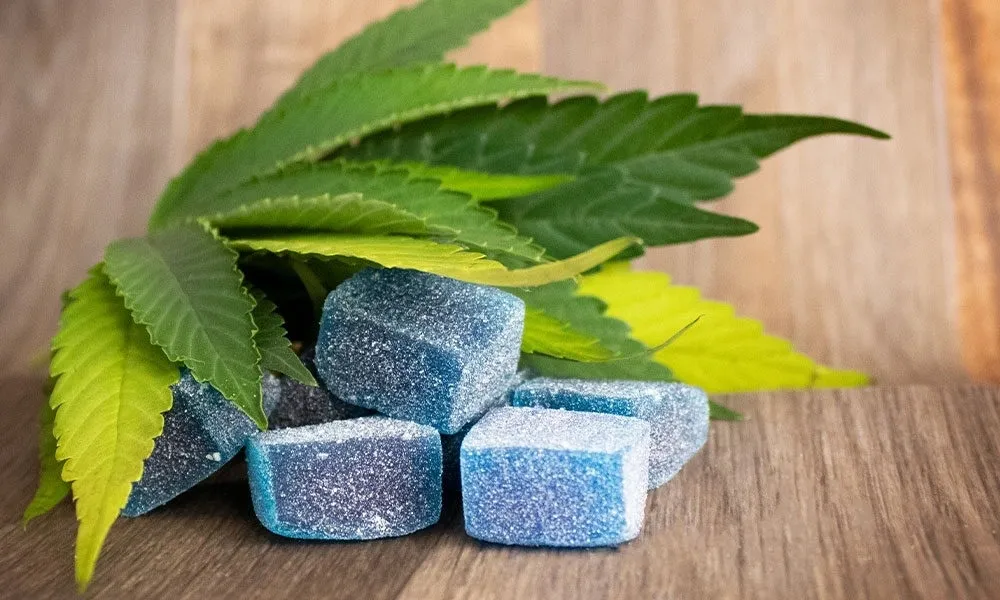
Cannabis edibles like THC gummies offer a tasty, smoke-free way to enjoy cannabis benefits. But how exactly do these chewy candies send you on a euphoric high? The first stop for a THC gummy is, of course, your mouth. As you chew the gummy, a small portion of the cannabis compounds is absorbed by the mucous membranes. THC gets a head start on entering your bloodstream. However, the majority of absorption happens a bit further down.
Stomach activation
Once swallowed, the gummy enters your stomach where digestive enzymes and acids get to work breaking it down. It takes around 30-90 minutes for most people to digest a gummy. The THC separates from the plant matter and binds to fats (often coconut or MCT oil) in the edible. This process called decarboxylation activates the psychoactive effects of THC.
Absorption in the intestines
The activated cannabinoids then move from your stomach to your small intestine. The intestine contains a network of capillaries and lymphatic vessels that absorb the THC molecules and transport them into the bloodstream. A similar absorption process is slower than inhaling cannabis. It takes around 1-2 hours to fully absorb a gummy’s THC and feel peak effects.
Off to the liver
The circulating through the blood, the thc gummies makes a pitstop at the liver. The liver is where THC gets metabolized by liver enzymes. In particular, the CYP450 enzyme plays a big role. The liver converts THC into a more potent version called 11-hydroxy-THC. The extra step explains why edibles produce much stronger effects than other methods like smoking the same dose. Metabolization also lengthens the duration of a gummy high to 4-6 hours instead of just 1-2 hours from smoking.
Psychoactive effects start
Once metabolized into 11-hydroxy-THC, the cannabis compound readily crosses the blood-brain barrier and enters the brain. Here it binds to CB1 receptors that are part of the endocannabinoid system. CB1 receptors regulate cognition, motor function, memory, sleep, mood, appetite, and more. When THC binds to these sites, it changes the release of natural neurotransmitters like dopamine and serotonin. A combination of these factors triggers the changes in perception and mood that create a euphoric high.
Distribution around the body
The brain, THC gummies distribute cannabinoids throughout the body for widespread effects. THC interacts with CB2 receptors concentrated in the immune system and various organs. It leads to anti-inflammatory and pain-relieving effects in conditions like arthritis and migraines. Cannabinoids also influence neurotransmitters involved in nausea signaling. The widespread binding makes gummies useful for both recreation and medical symptoms.
Excretion from the body
Like all compounds we ingest, the body aims to eventually expel THC and its metabolites as waste. It occurs primarily through the feces, with a small portion excreted in urine as well. Traces of cannabis show up on a drug test for 1-2 days after eating a gummy for an occasional user. For heavy users, THC may be detectable for a week or longer. Drink plenty of water to help flush cannabinoids out faster.



